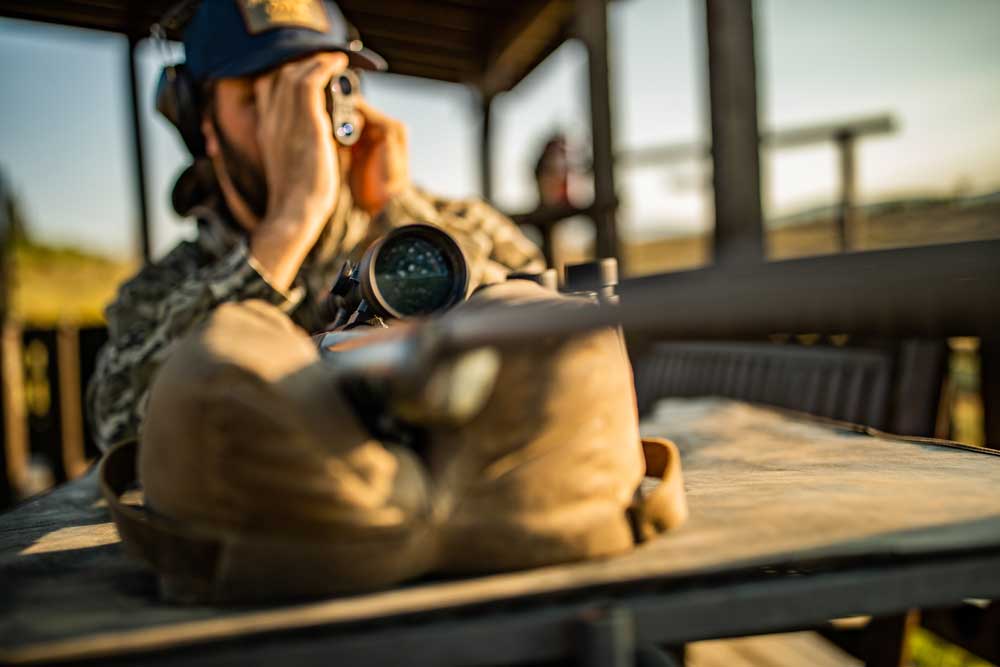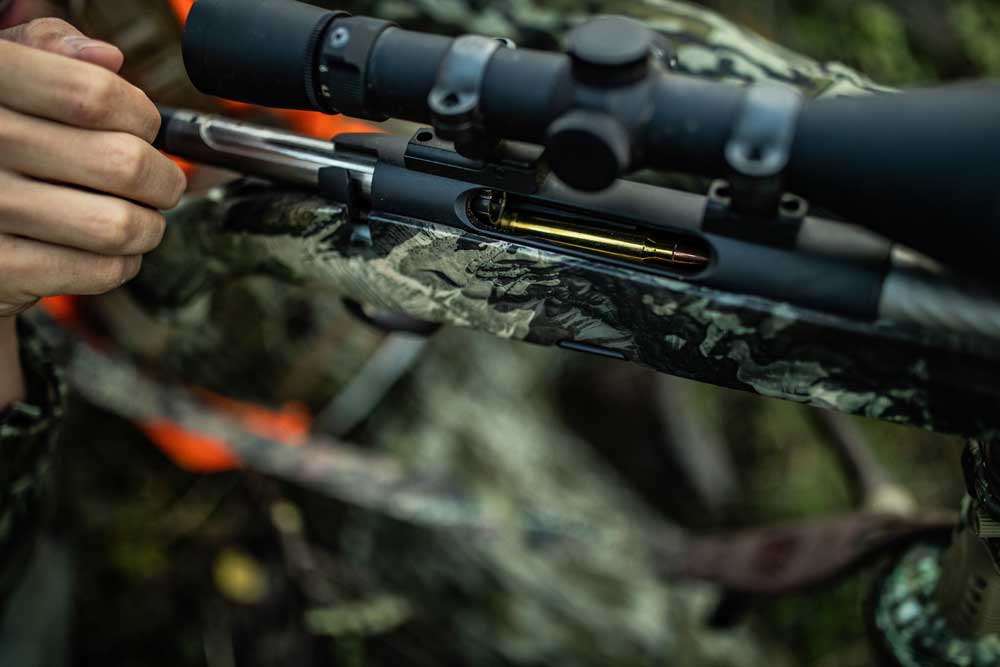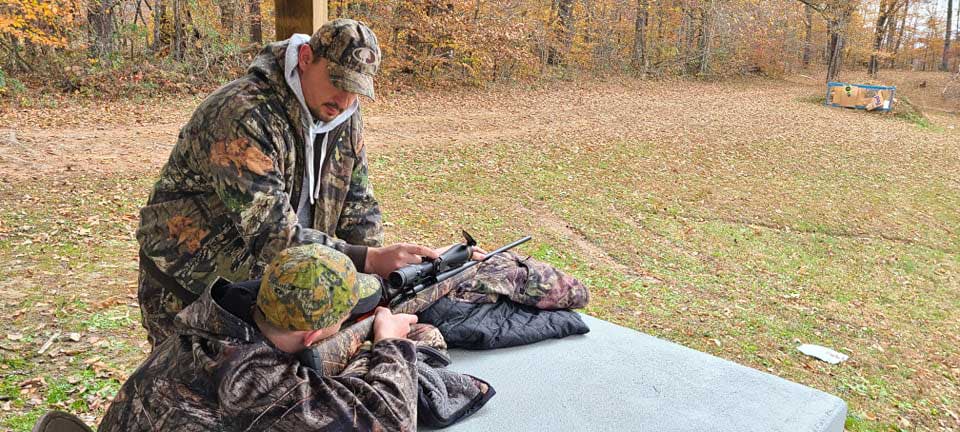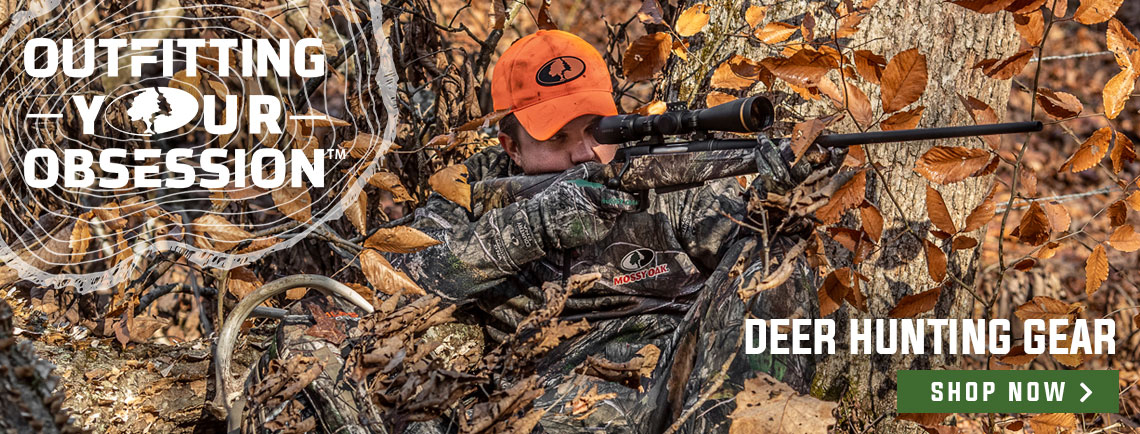William W (Bill) Gabbard

Ammo is hard to come by these days and reloading components are even harder! In times like these, the last thing you want to do is shoot up a box or two of ammo trying to sight in your rifle.
To some, using two boxes of ammo to sight in a rifle sounds a little extreme but trust me, I have seen it done. I watched a fellow shoot 3 boxes through a 270 Winchester one afternoon trying to sight in a scope while five or six fellows were waiting for an open bench at a local range.
The very first thing to do before you even start sighting your rifle in is obtain quality components. Buy the best scope that you can afford. I have seen folks spend more money on ammo trying to get a scope lined in than they spent on the scope in the first place. I once bought an early production Sako Finnbear from a fellow that he wanted to sell because “it wouldn’t shoot.” When I looked at the rifle, the first thing I noticed was a scope that was currently selling in all the clearance fliers for $27.95. I was right. the rifle is extremely accurate, and my neighbor’s grandson got a free scope to put on his pellet rifle.
The second step is use quality ammo. Whether you are using factory ammo or handloads, “junk is junk.” The price tag isn’t always an indicator of the quality of the ammunition, but if it is in the bargain bin sometimes it is there for a reason. If you are sighting in a rifle that you have used before, use a load that you know your rifle likes.
Ensure that your bases and rings are all properly torqued before starting. Loose rings or bases have caused lots of ammo to be wasted over the years.

It doesn’t work every time, but the method I use has saved me a lot of time and money on several occasions. This is easier with the help of a friend with steady hands. The first step is bore-sighting. I start at 50 yards with a bright 2-inch target. With a bolt-action rifle, simply remove the bolt, and secure the rifle. Looking through the bore of the rifle, center the target in the bore. Then have your helper as gently as possible adjust the scope so that scope is centered on the target.
Take your time with this step. Switch places with your helper and adjust until you both are seeing the same thing. Replace the bolt and fire a test round.
On a rare occasion you will be on target but usually not. The next step you need to make sure that the rifle is held tightly. Hold your crosshair on the center of the target and have your helper GENTLY move the scope adjustments so that the crosshair is over the bullet hole that you just shot and shoot once more. If neither of you allow the rifle to move during this step, your second shot should be on target.
Set a new target at 100 yards and fire another round. Adjust point of impact depending on the caliber of your rifle and the ranges at which you anticipate having an opportunity to shoot. One or two shots at 100 yards should have you ready to hunt. Using this method, I have zeroed more than one rifle with as few as three shots.
When using a lever action, semi-auto or pump action rifle this method of bore-sighting is not an option. If you don’t have access to laser sighting tools for your rifle, the best bet is to start at 25 yards with a large target and work from there. If you can put the bullet dead center at 25 yards, you will often find that your rifle is incredibly close at 100 yards.

I cannot emphasize enough the importance of using quality optics and ammunition that shoots well in your rifle. If you are new to the game or have never zeroed in a scope, don’t be afraid to ask for help. Many gun shops will sight your rifle in for you, but a much better option is to find a seasoned shooter and seek out their help. Getting an experienced hand to help instead of having someone do it for you will give you some valuable range time as well as help you learn how to do it yourself.




























